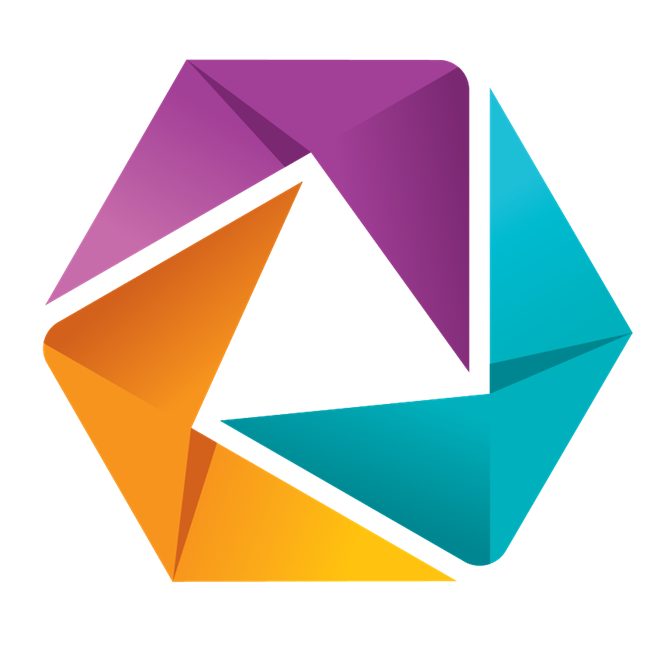Content marketing can be a powerful way to connect with your target audience and promote your products or services. However, building your first content marketing strategy can be challenging if you’re not sure where to start. In this article, we’ll discuss the steps you can take to build your first content marketing strategy.
Define Your Goals
The first step in building your content marketing strategy is to define your goals. What do you want to achieve with your content marketing efforts? Do you want to increase brand awareness, generate leads, or drive conversions?
Defining your goals will help you identify the types of content you should create and the metrics you’ll use to measure your success.
Identify Your Target Audience
The next step is to identify your target audience. Who are you trying to reach with your content? What are their interests, pain points, and behaviors?
By understanding your target audience, you can create content that resonates with them and addresses their needs and concerns.
Choose Your Content Types and Channels
Once you’ve defined your goals and identified your target audience, it’s time to choose the types of content you’ll create and the channels you’ll use to distribute that content.
There are many different types of content you can create, such as blog posts, videos, infographics, podcasts, and more. Choose the types of content that align with your goals and will resonate with your target audience.
In terms of distribution channels, consider where your target audience spends their time online. This might include social media platforms like Facebook, Instagram, and Twitter, or other channels like email marketing or SEO.
Develop Your Content Calendar
With your content types and channels identified, it’s time to develop your content calendar. A content calendar is a schedule that outlines when you’ll create and publish each piece of content.
Your content calendar should align with your goals, target audience, and distribution channels, and should include key milestones and deadlines.
Create and Optimize Your Content
Once your content calendar is in place, it’s time to create and optimize your content. This means developing content that is engaging, informative, and relevant to your target audience.
Optimizing your content involves ensuring that it is easily discoverable by search engines and social media platforms. This might include using keywords, meta descriptions, and tags to help your content rank higher in search results.
Distribute and Promote Your Content
With your content created and optimized, it’s time to distribute and promote it. This means sharing your content on social media, through email marketing campaigns, and through other channels that align with your distribution strategy.
Promoting your content also involves engaging with your audience and encouraging them to share your content with their own networks.
Monitor and Measure Your Results
Finally, it’s important to monitor and measure the results of your content marketing strategy. This means tracking key metrics such as website traffic, engagement rates, and conversions.
Use these metrics to identify what’s working and what’s not, and make adjustments to your strategy as needed to optimize your results.
In conclusion, building your first content marketing strategy involves defining your goals, identifying your target audience, choosing your content types and channels, developing your content calendar, creating and optimizing your content, distributing and promoting your content, and monitoring and measuring your results. By following these steps, you can create a content marketing strategy that connects with your target audience and helps you achieve your business goals.






